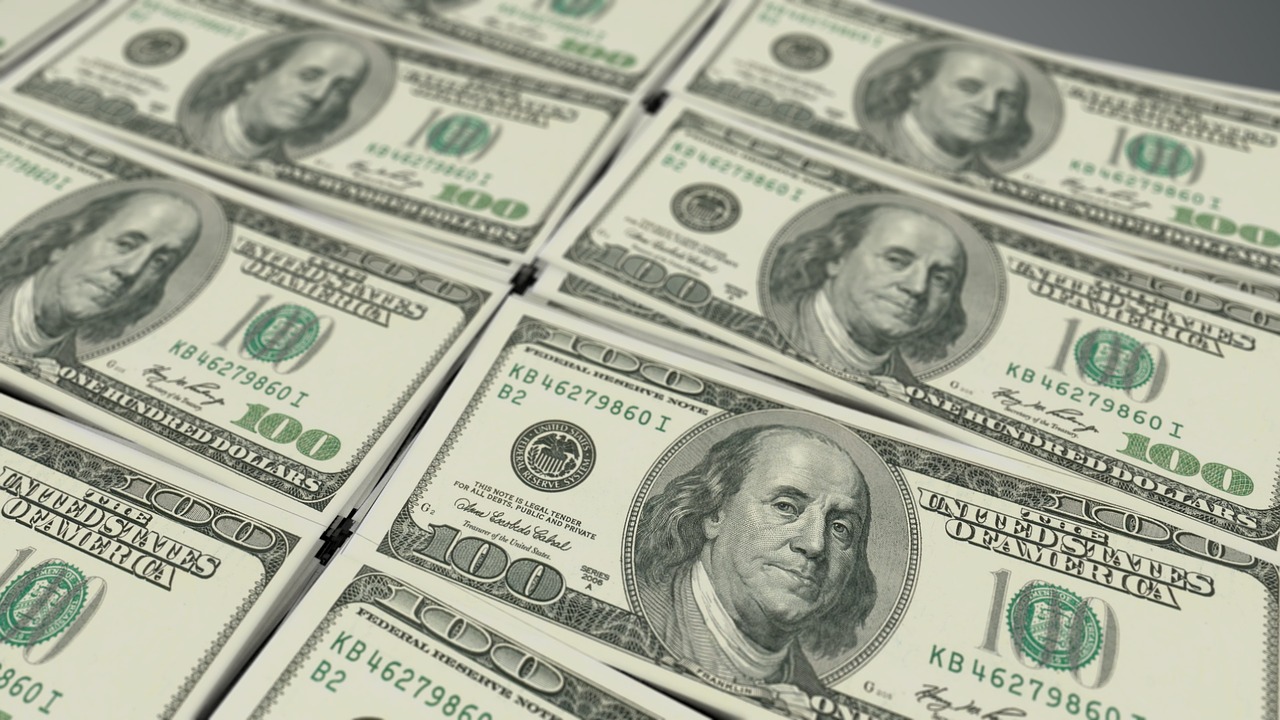
India's external debt USD 558.5 billion in March, 15.4 billion increase this year
India's external debt stood at USD 558.5 billion in March, an increase of USD 15.4 billion compared to the year-ago period, according to RBI data.

India’s external debt stood at USD 558.5 billion in March, an increase of USD 15.4 billion compared to the year-ago period, according to data given by the Reserve Bank of India (RBI).
Commercial borrowings remained the largest component of the external debt, with a share of 39.4 per cent, followed by non-resident deposits at 23.4 per cent and short-term trade credit at 18.2 per cent.
The data released on Tuesday (June 30) showed that valuation gains due to the appreciation of the US dollar against the Indian rupee and other major currencies were at USD 16.6 billion.
“Excluding the valuation effect, the increase in external debt would have been USD 32 billion instead of USD 15.4 billion at end-March 2020 over end-March 2019,” the RBI said.
At the end of March, long-term debt, with original maturity of above one year, was placed at USD 451.7 billion, a rise of USD 17 billion over the level recorded in March 2019.
Short-term debt on residual maturity basis constituted 42.4 per cent of total external debt and 49.5 per cent of foreign exchange reserve at the end of March.
“US dollar denominated debt continued to be the largest component of India’s external debt, with a share of 53.7 per cent at end-March 2020, followed by the Indian rupee (31.9 per cent), yen (5.6 per cent), SDR (4.5 per cent) and the euro (3.5 per cent),” the RBI said.
The borrower-wise classification showed that the outstanding debt of general government decreased while that of non-government sector increased during the end of March.
The share of outstanding debt of non-financial corporations in total external debt was the highest at 42 per cent, followed by deposit-taking corporations at 28.3 per cent, general government at 18.1 per cent and other financial corporations at 7.5 per cent.
In terms of instrument-wise classification, loans were the largest component of external debt, with a share of 34.8 per cent, followed by currency and deposits at 24 per cent, trade credit and advances at 18.7 per cent, and debt securities at 17.4 per cent.
The RBI also said debt service (principal repayments plus interest payments) increased marginally to 6.5 per cent of current receipts at the end of March compared to 6.4 per cent in the same period a year ago.
This reflects higher interest payments on commercial borrowings and lower current receipts, it added.

